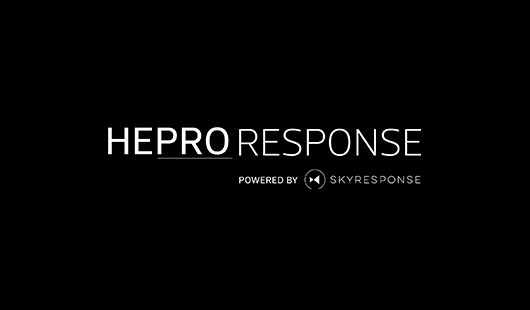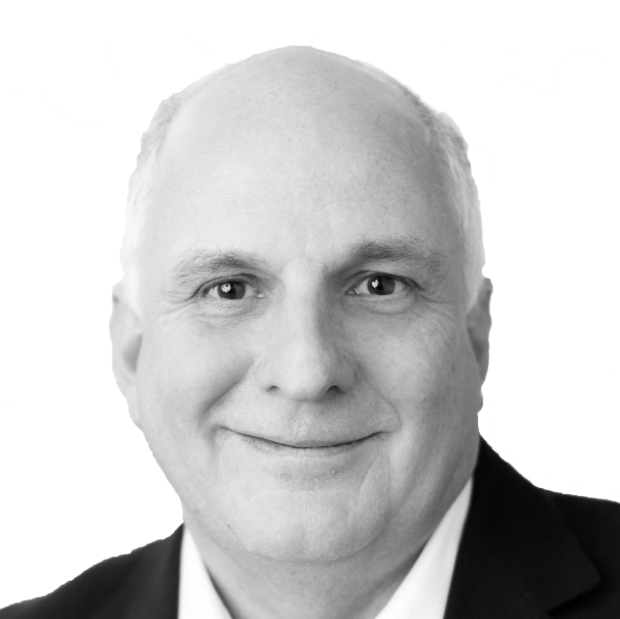Since its inception, radar technology has been adopted by the military and defence industry for numerous advantages. It was primarily used for monitoring and sensing the location of military vehicles and vessels as motor driven vehicles, trains, aircraft, ship fleets, etc. More recent developments have highlighted the potential for what radar can offer the healthcare sector. Albeit being useful within the whole of the sector, radar can particularly be used for providing proactive care to individuals with specific requirements. Ranging from the less abled to the older generation.
Whether you are a caregiver or care receiver, understanding how radar works within healthcare will immensely benefit you. Moreover, the most amazing part of radar healthcare is that you do not need to wear a triggerable device when being looked after, contributing to the seamless process for the proactive care element.
This article will provide you with all the information you need to know about how radar technology can provide solutions to the often immense challenges proactive caregiving are faced with.
What is Proactive Care?
The word proactive simply refers to the act of controlling a situation before it happens, rather than reacting after an event has occurred. Proactive care is active conditional monitoring of the health status of a care receiver to avoid or minimise any form of emergency. This is a real-time observation for the wellbeing of the one being taken care of. You can also term it as the opposite of reactive care.
To effectively deliver proactive care, the care receiver and caregiver must be in contact through uninterrupted communication. This is where radar technology comes into play, the end goal of proactive care is to ensure that the care receiver is safe, meticulously following all prescribed healthcare guidelines to sustain a good standard of health for as long as possible.
Radar Technology and Proactive Care
No doubt, these two phenomena differ from each other, yet they have now been amalgamated under the umbrella of the healthcare sector. Thus, to really appreciate what radar technology does for the healthcare industry, it is important to first understand how it works.
How does Radar for Healthcare Work?
Radar technology monitors all vital signs throughout the body, from the smallest to the largest movement, allowing identification of body parts and the tracking of activities. It achieves this through transmitting and receiving electromagnetic waves in standard waveforms. These are monitored and analysed to extract useful information. The radar system consists of a transmitter, receiver, antenna, and a digital processing unit enabling data to be stored, saved, and collected instantaneously.
In essence, radar technology for healthcare masters the default movements of the care receiver and reports any sudden changes detected, through to the caregiver.
Benefits of Radar Technology for Healthcare
Eradicating wearable sensors
The main advantage of adopting radar technology for proactive care is the absence of wearables, which are often regarded as intrusive monitoring devices.
Since radar is a wireless monitoring system, there is no need for any device to be worn. In turn, this allows the care receiver freedom to do whatever they wish in their own home, whilst still being continually monitored. Radar eliminates privacy infringement, acceptance, and compliance issues.
Optimum caregiving
Beyond doubt, there are numerous benefits offered to the older generation from this technology; a recent study found that by 2050, people aged 65+ will outnumber 10 to 20+ year olds. Particularly, in the case of the office for National Statistics study, carried out in the UK, reported that the proportion of 85+ year olds will double in the next 20 years. These statistics highlight the urgency for technologies such as radar and the obligation to provide proactive care to meet the demands of the increasing older population.
Alleviating Hospital Beds
Again, statistics state in the UK, approximately 4 million hospital beds are occupied each year in England due to falls and fractures for the over 65’s. As a result, over 2 billion pounds is expended for the healthcare treatment for these admissions. This outlines the need to reduce the strains on the healthcare system through proactive monitored care, proceeding to preventative care using radar technology, alerting the caregiver to assist before incidents occur.
Effective Healthcare system
It is common knowledge that hospitals are often overwhelmed with limited bed space. A high proportion of admissions are a result of the older generation having falls. This intake can be reduced by radar technology through monitored proactive care, not only will this decrease hospital admissions but increase hospital staff capacity, leading to higher productivity levels within the hospital.
Creating Proactive Care Using Radar Technology: Skyresponse Can Help
When the population of vulnerable people and an older generation is growing globally, there is an obligation for the advancement in tech solutions. These obligations are to meet the demands of an efficient proactive care.
Radar solutions, among other solutions, can be accessible via the Skyresponse platform, through our ecosystem partners for example Dele Health Tech. Skyresponse is a cloud based interoperable open alarm management system assisting with efficient information exchanges between care receiver and caregiver.
Ultimately, Skyreponse alarm products are developed to save lives and to reduce casualties related to personal care delivery aimed at the older generation and other vulnerable groups in society. Fast reporting, quick correspondence and active response from the caregiver are crucial. You should not compromise when it comes to personal safety and proactive care for your loved ones, contact us today!
Learn more about our personal care services.




